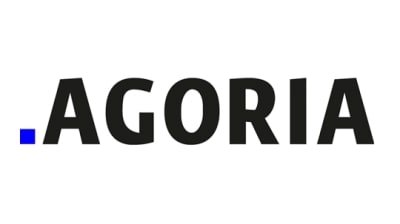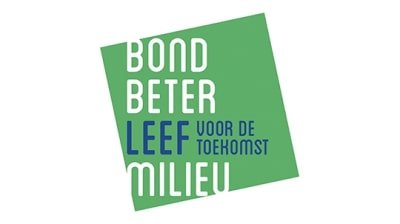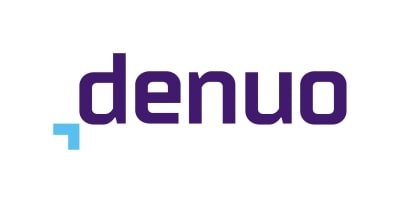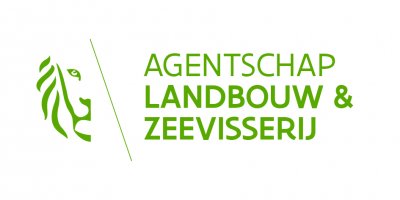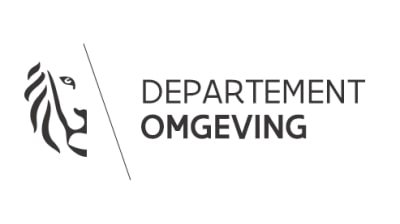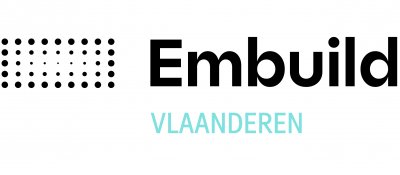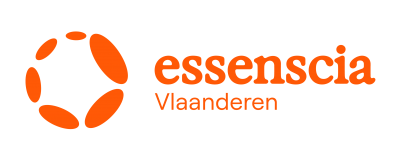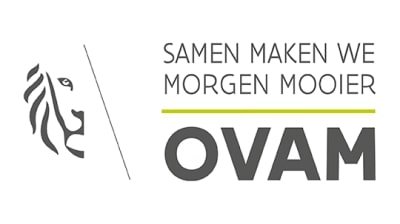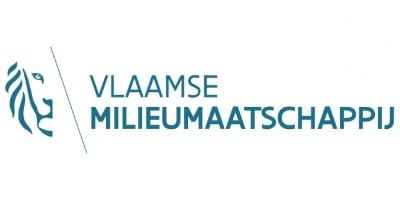Topics
We organise our actions in six thematic & strategic agendas:
Strategic Agendas:
Bio-economy
Circular Construction
Chemicals/Plastics
Manufacturing Industry
Food Chain
Water Cycles
Seven leverages provide additional support:
Leverage effects:
Lever Policy Instruments
Lever Circular Procurement
Lever Communication
Lever Innovation & Entrepreneurship
Lever Financing
Lever Jobs & Skills
Lever Research
What, why and how?
Why are we pursuing a circular economy?
Future visions 2050
How do we see our circular future?
About our management
Who steers what at Flanders Circular?
HNST
Jeans collection made of recycled denim
No less than 50% of Flemish clothing ends up in the residual waste. That is a pity, certainly if we know that the cultivation of cotton, the main ingredient of most clothing, is hugely damaging to the environment and labour-intensive. Moreover, this material is perfectly recyclable. Yet only 1% of all collected textiles is recycled into new high-quality textiles.
With the HNST project (which stands for honest, fair), we want to show that things can be different and make a positive difference. We created a new brand of quality jeans made from recycled denim.
For this project, together with De Kringwinkel Antwerp, we first collected more than 6,000 pairs of jeans and sorted them into re-wearable and non-re-wearable. About half of the collected jeans were still in (very) good condition and ended up in the second-hand sales circuit of De Kringwinkel. The jeans that were no longer wearable were recycled into fibres in Germany. The jeans fibres were then spun into yarn in Flanders. Circular Textiles and Texperium together succeeded in making a yarn that consists of half recycled old jeans and half Tencel. In the end, the HNST jeans fabric consists of 56% recycled cotton, 23% new Greek cotton and 21% Tencel.
With this recycled jeans fabric, Ellen Robinson designed a collection of timeless jeans that are in turn also (better) recyclable. In March 2018, the collection was launched for press and public and online sales started at www.letsbehonest.eu.
Circular Textiles
Partners Texperium
Sectors
Themes
Organisations
Website
MOST IMPORTANT
RESULTS
- We succeeded in recycling old jeans and making a high-quality yarn, half of which consists of fibres from the recycled jeans. This yarn is ultimately used to make a fabric that is 56% recycled cotton, 23% new Greek cotton and 21% Tencel. Thanks to the recycled cotton, 95% of water is saved and 76% of CO2 emissions are reduced.
- From the recycled fabric we created a timeless jeans collection for men and women. In doing so, we followed circular principles wherever possible. We consciously opted for removable buttons, embroidered rivets, no labels ... so that these jeans are also more recyclable.
- To keep the water consumption of our jeans as low as possible in the usage phase as well, we designed a special Morning After Spray. With this spray, consumers can freshen up their jeans in between washes, thus saving on washing sessions.
- Finally, the entire process, from recycling old jeans to the design and production of the new collection, took place in Europe. That is a first!
MOST IMPORTANT
LESSONS LEARNED
- During this project, we found it important to also focus on opening up the 'black-box' of textile products and to put all the players in our chain in the spotlight. On our website, we show our entire production chain in a transparent way. We are also experimenting with completely open communication about the price structure of different jeans.
- We have conducted research into the possibility of using hemp as a new fibre instead of cotton, but for the time being we do not have good results with this. The problem is that the treatment of the hemp fibre may not be sustainable. Another option we want to investigate is linen. We still need to experiment further in this area.

